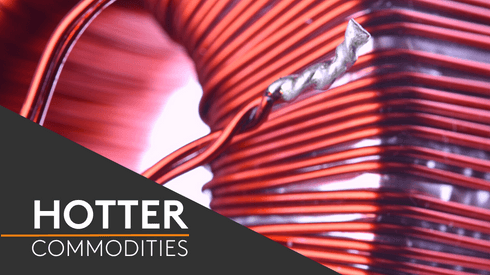By William Adams, Head of Base Metals and Battery Research
After an active start to the year in terms of lithium prices, the market has started to stabilize in recent weeks. That is down to a combination of buyers refraining from chasing prices higher, suggesting a degree of destocking, and also as higher prices and a swing round in premiums between different lithium materials have created incentives for convertors to provide what the market wants.
Transforming the lithium supply chain
But, while price activity may have slowed, activity in the lithium industry has picked up. We expect that will now become the norm as the supply chain repositions itself to match supply to demand. The latter is likely to grow at an ever-faster pace as government incentives, government CO2 penalties, consumer choice and general market acceptance that change is upon us, merge to accelerate the move to electrification.
As the speed of the change picks up across the market and with battery raw material prices rising and supply already tight, battery manufacturers, EV makers and energy storage providers are expected to get more aggressive in securing their feedstock. That is likely to drive a lot more merger and acquisition activity, as well as offtake and investment deals.
Join us at Lithium Supply & Markets 2021 in Las Vegas to hear from the whole supply chain from miners through to the end-users and make connections to help you to capitalize on the changing market sentiment.
For now, Ganfeng stands out as the champion. The Chinese lithium producer is building a diversified upstream supply chain, and it seems to be becoming a lithium behemoth. But, with news that LG Chem will spend $5.2 billion to build out its battery materials business, which will include setting up joint ventures with mining companies for the supply of raw materials, perhaps it too is looking to become an integrated supplier of lithium-ion batteries.

Is this the start of a battery raw material ‘land grab’?
If it is, then lithium and other battery raw material assets are likely to become more sought after – this might be just what the industry needs to ensure a better chance of having enough material ready in a timely manner in the years and decades ahead. It also might see more big institutions, whether the big mining houses, or financial entities, get more involved as they realize lithium is moving from a small market to a much larger and critical market before their eyes – little wonder exchanges have been busy setting up lithium contracts.
This article is a short extract from our weekly battery raw materials forecast, with news, analysis and price forecasts for lithium, cobalt, graphite, nickel and manganese. It also tracks projects and their impact on future supply. Learn more.






